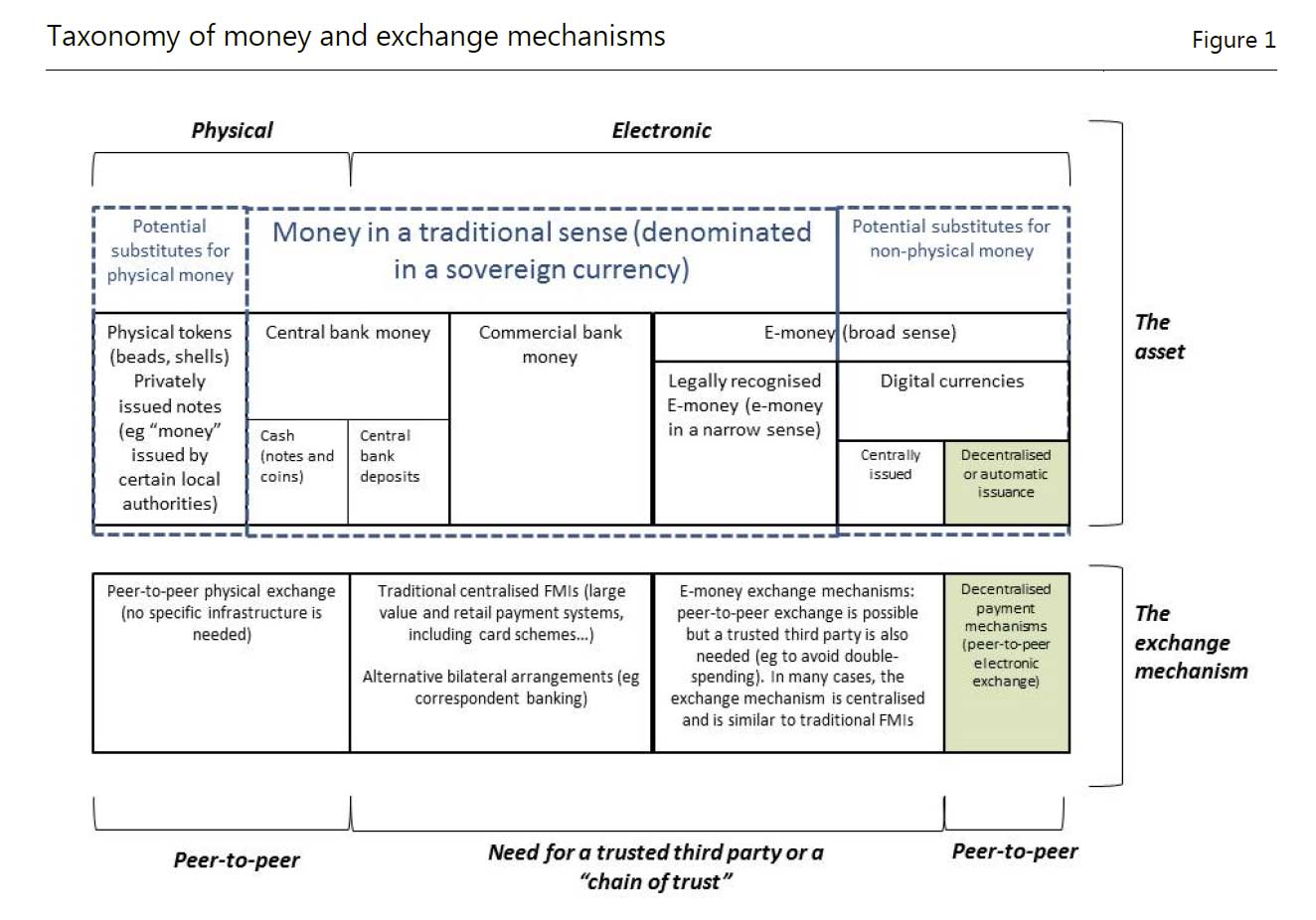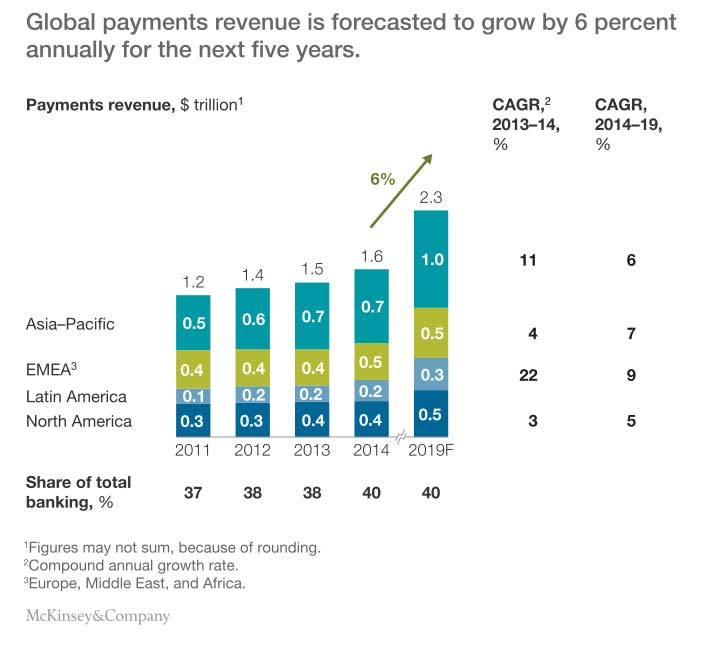In March, the Reserve Bank commenced a review of the regulatory framework for card payments. As part of this process, the Bank released an Issues Paper that noted some developments in the payments system that raised concerns given the Bank’s mandate to promote competition and efficiency in the payments system. Bank staff have since consulted extensively with stakeholders on these matters.
At its meeting of 20 November, the Payments System Board agreed to consult on changes to the standards for card payment systems. The Bank has today released a Consultation Paper containing amended draft standards. A summary of the proposed reforms is provided below and in some Q&A on the Bank’s website. Stakeholders are invited to make submissions on the draft standards by 3 February.
The draft standards include changes to the regulation of surcharges on card payments and interchange payments in card systems. In preparing the draft changes to the surcharging standard, Reserve Bank staff have consulted with staff from the Treasury and the Australian Competition and Consumer Commission (ACCC) regarding the Government’s plans to ban excessive surcharging and give enforcement powers to the ACCC. The Government has today announced draft legislation that will insert a ban on surcharging in excess of merchant costs into the Competition and Consumer Act (2010).
Changes to the Bank’s Surcharging Standard
Merchants incur costs when they accept a payment from a customer, and different payment methods can have very different payment costs; cards that provide significant rewards to consumers are typically significantly more expensive for merchants. When merchants have the right to surcharge on more expensive payment methods they are able to provide price signals to consumers and encourage the use of less expensive payment methods. By helping to hold down payment costs, the right to surcharge helps to hold down the price of goods and services charged to all consumers and reduces the extent of subsidisation between those who pay with cheaper payment methods and those who use more expensive methods.
It is important, however that merchants do not impose surcharges in excess of their actual payment costs. The Bank has had concerns about excessive surcharging in some sectors for some time. Accordingly, and consistent with the Government’s draft legislation, the Board is proposing to change the Bank’s surcharging standard with the aim of ensuring that customers cannot be surcharged any more than the cost of accepting cards. The proposed standard preserves the right of merchants to surcharge for more expensive payment methods but includes changes to enhance transparency and improve enforcement in cases where merchants are surcharging excessively.
The draft standard envisages the following framework for surcharging of card payments:
- Card schemes will not be permitted to make rules that prevent merchants from recovering part or all of the costs of accepting card payments.
- However, card acceptance costs will be defined more narrowly than in the Bank’s current guidance note, as the merchant service fee and other fees paid to the merchant’s bank (or other payment service provider).
- Statements provided by banks to merchants will be required to contain easy-to-understand information on the average cost of acceptance for each payment method, which will constitute the maximum permissible surcharge if the merchant chooses to surcharge.
- These statements will express acceptance costs in percentage terms, except where a merchant’s cost of acceptance for a particular payment method is fixed across all transaction values. This should ensure that merchants – including in the airline industry – who wish to surcharge will typically do so in percentage terms rather than as a fixed dollar amount.
Reserve Bank staff will continue to consult with the ACCC and will be working with banks, other payment service providers and the merchant community to develop templates for providing information on payment costs to merchants. The Bank expects that the more specific definition of the cost of acceptance and the transparency measures that are being proposed will result in enhanced enforcement of the surcharging framework in cases where merchants may be surcharging excessively.
Changes to the Bank’s Interchange Standards
Interchange fees are fees set by card schemes such as MasterCard, Visa and eftpos that require payments from the merchant’s bank to the cardholder’s bank on every transaction. While there may be a useful role for interchange fees when a card network is first established, the case for significant interchange fees in mature card systems is much less clear. Where merchants do not feel able to decline cards, the incentive is for schemes to raise interchange rates to induce banks to issue their cards and for banks to then use these fees to pay rewards to consumers to take and use the cards. Evidence from a range of countries suggests that competition between well-established payment card networks can lead to the perverse result of increasing the price of payment services to merchants (and higher retail prices for consumers).
Accordingly, in 2003 the Bank introduced benchmarks intended to prevent the significant upward pressure on interchange rates seen in many markets. Contrary to predictions by the international schemes at the time of the initial regulations, the Australian cards market has continued to grow very strongly since then and innovation has thrived. The Bank’s reforms have been supported by the leading Australian consumer and merchant organisations. Following the Bank’s reforms, a number of other jurisdictions have also regulated interchange fees.
The Bank’s Issues Paper drew attention to a number of issues related to interchange fees:
- the decline in transparency for some end users of the card systems, which is partly because interchange fees have become increasingly complicated and the range of interchange fee categories has widened
- the question of whether there is scope for average interchange fees to fall further, consistent with falls in overall resource costs in the card systems and as was contemplated in both the conclusions to the Bank’s 2007–08 Review of Card Payment System Reforms and the Final Report of the Financial System Inquiry
- the possibility that the growth of companion card arrangements may indicate that the current regulatory system is not fully competitively neutral.
Following consultation on these issues with a wide range of stakeholders, the Board is proposing some changes to the Bank’s interchange standards that will improve competition and efficiency in the card payments market and in the broader payments system.
The Bank is proposing to modify the credit card interchange standard so that issuance of American Express companion cards will be subject to the same interchange fee regulation that applies to the MasterCard and Visa systems. In particular, interchange fees will be defined to also include fees paid by schemes to card-issuing banks as incentives to issue cards. In addition, both companion card issuance and traditional ‘four-party’ card issuance will be subject to rules on ‘other net payments’ to issuers, so as to prevent any circumvention of the interchange standards.
The Bank is not proposing to replace the current system of weighted-average interchange benchmarks with hard caps. The weighted-average benchmark for credit cards will remain at 0.50 per cent. However, the Bank is proposing to reduce the weighted-average benchmark for debit cards from 12 cents to 8 cents, consistent with the fall in average transaction values since the debit benchmark was introduced.
The weighted-average benchmarks will be supplemented by caps on any individual interchange fee within a scheme’s schedule. It is proposed that no credit card interchange fee will be able to exceed 0.80 per cent and no debit interchange fee will be able to exceed 15 cents if levied as a fixed amount or 0.20 per cent if levied as a percentage amount. These changes are expected to significantly reduce the extent to which small and medium-sized merchants are disadvantaged relative to a group of preferred merchants in the MasterCard and Visa interchange systems.
There are some other proposed changes to the system of benchmarks including a shift from three-yearly compliance to quarterly compliance. In addition, it is proposed that all transactions at Australian merchants will be included in calculations for observance of the benchmarks, with transactions on foreign-issued cards treated equivalently to transactions on domestic cards. Transactions on prepaid cards will be included with debit cards in the observance of the debit benchmark.
Next Steps
The Board seeks views on the draft surcharging and interchange standards as well as on other issues discussed in the Consultation Paper. The Consultation Paper also seeks industry views on appropriate implementation dates for any revised standards. Formal written submissions on these issues are requested by 3 February 2016.
Given the complexity of issues involving interchange fees and companion cards, it is unlikely that the Board will take any formal decision on changes to the interchange standards before its May 2016 meeting. In the case of surcharging, depending on consultation responses, it is possible that the Board may be in a position to make an earlier decision on changes to its standards.




